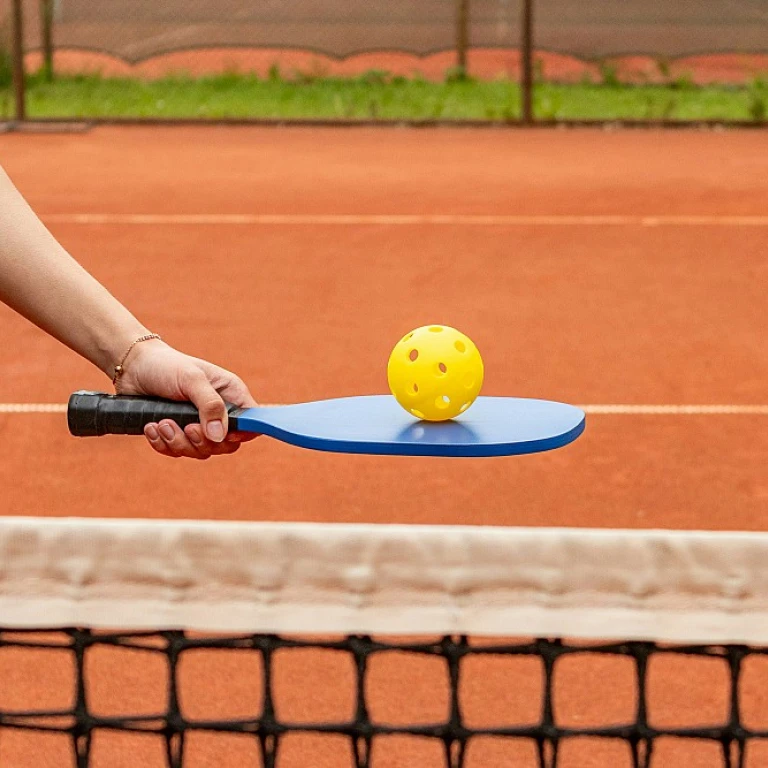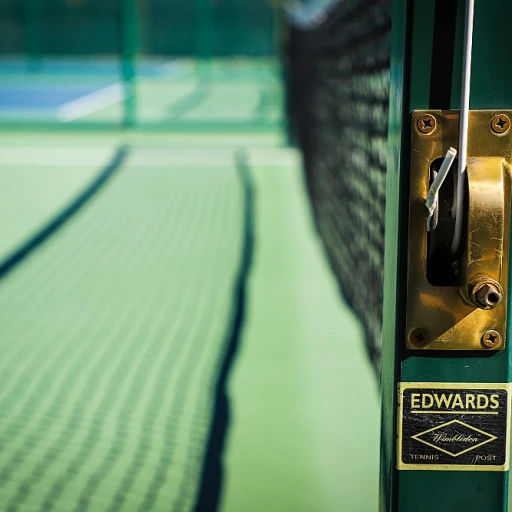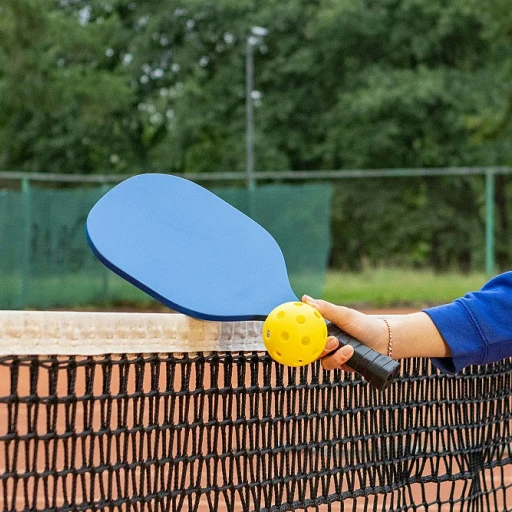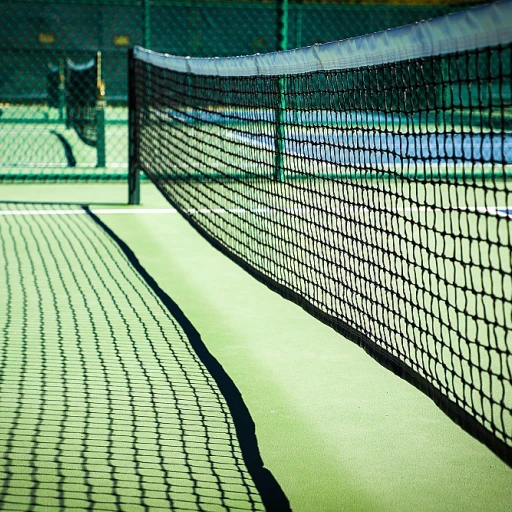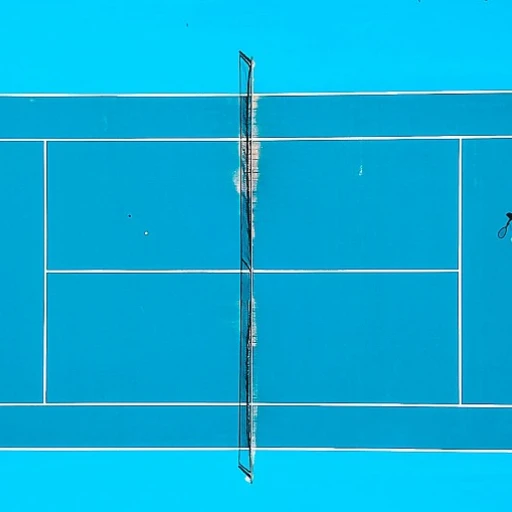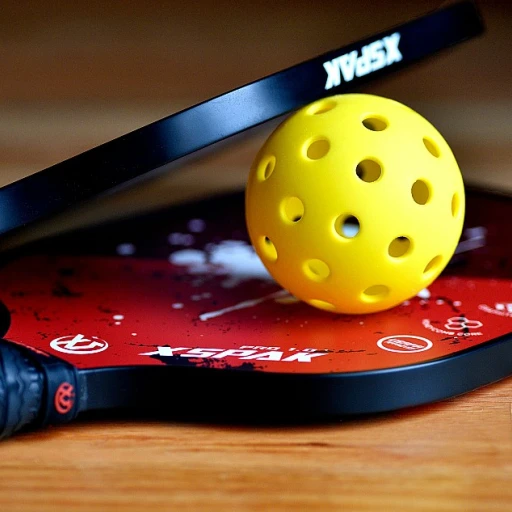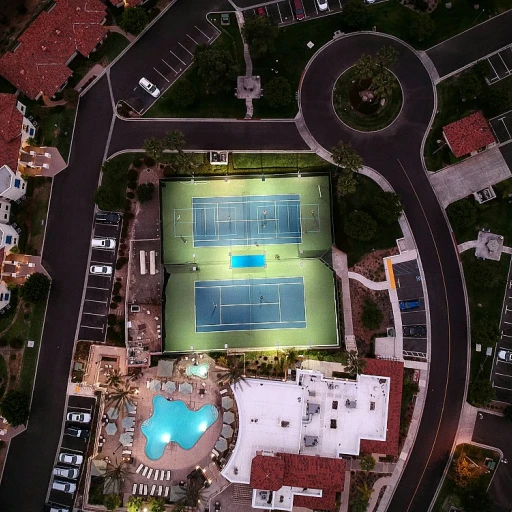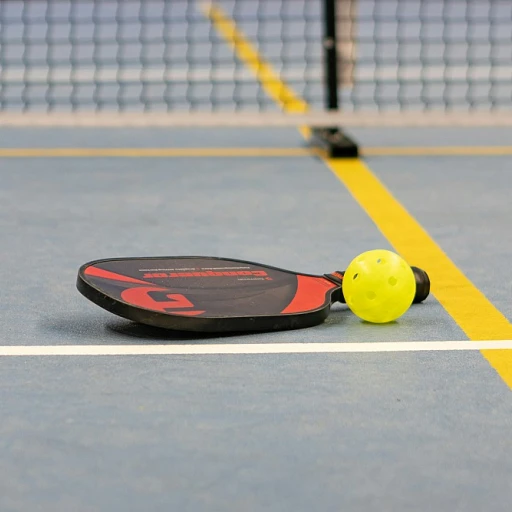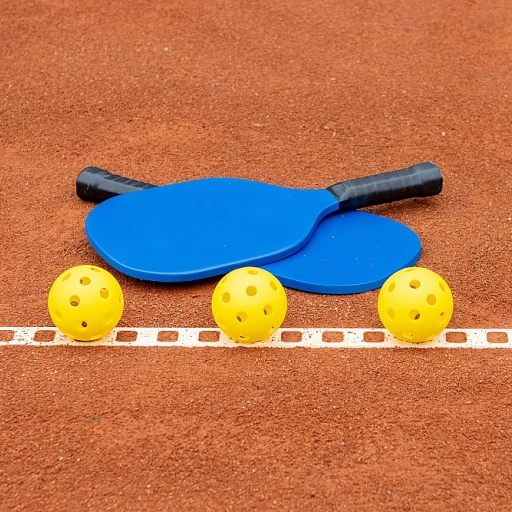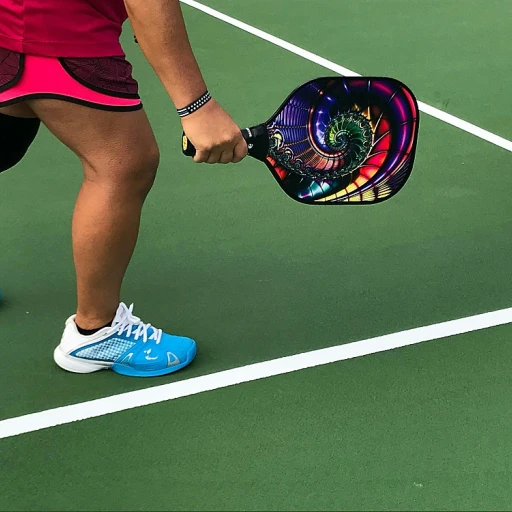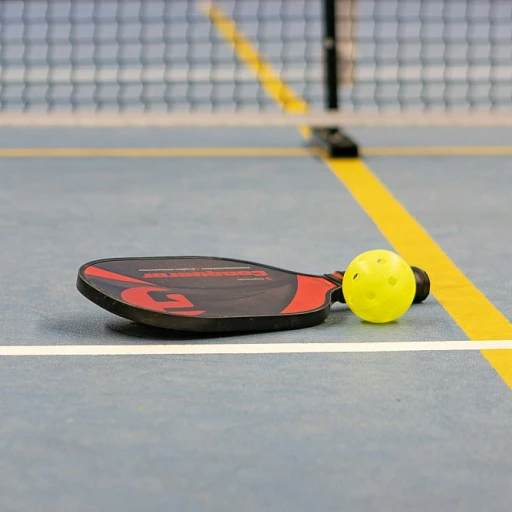
Understanding the Importance of Paddle Weight
The Role of Paddle Weight in Pickleball
Understanding the role of paddle weight is essential for enhancing your performance in pickleball. The weight of a paddle can significantly influence control, power, and spin during play. For players seeking to fine-tune their game, the choice between lightweight pickleball paddles and their heavier counterparts becomes crucial. Opting for lighter paddles, usually weighing between 6 to 7.5 ounces, can improve your ability to maneuver swiftly on the court, enabling quicker reactions and precise ball placement. Lightweight paddles facilitate a seamless transition from defense to offense, making them a popular choice among players who prioritize control and agility over sheer power. These lightweight options often feature a smaller grip circumference, contributing to enhanced handling, especially for those with smaller hands. The sweet spot of the paddle also plays a critical part in delivering consistent gameplay. Factors such as the paddle's shape, core thickness, and materials like carbon fiber contribute to whether a paddle feels right for you. This highlights the importance of considering your unique playing style and preferences when choosing the right pair of pickleball paddles for your game. As we explore further into the benefits of lightweight paddles in the upcoming sections, remember that the choice of paddles can be as personal as the game itself.Benefits of Using a Lightweight Paddle
Embracing the Advantages of Lightweight Paddles
When it comes to pickleball, the paddle you choose can significantly affect your game. Lightweight paddles have gained popularity for their unique blend of characteristics that elevate performance on the court.
A lightweight pickleball paddle typically weighs between 6 to 7.5 ounces. This reduction in paddle weight contributes to quicker maneuverability, which is crucial in fast-paced pickleball matches. By allowing players to react swiftly, a light paddle can enhance both control and power.
Additionally, using a lightweight paddle reduces fatigue, enabling players to maintain energy during extended play. This is particularly beneficial for those who might struggle with heavier paddles over long periods, preventing strain and encouraging consistent performance.
Another significant aspect is the improvisation in spin and feel. With a reduced weight, players can execute more advanced spin shots while maintaining a comfortable grip. The sweet spot is often maximized, giving better shot control.
For those interested, delve into the details of lightweight paddles and their evolution through insights in this guide on Gen 3 pickleball paddles.
Moreover, consider the choice between materials like raw carbon and paddletek bantam paddles. Each offers distinct advantages that influence the paddle's weight and overall performance. As you explore these factors, you will gain better clarity on finding the best choice for your style, keeping in mind considerations like grip circumference, core thickness, and handle length.
Comparing Materials: What Makes a Paddle Light?
Decoding the Elements: Materials Influencing Paddle Lightness
When evaluating pickleball paddles, understanding the materials used is crucial in determining paddle weight, an essential consideration for enhancing game performance. The materials not only affect weight but impact control, spin, and overall feel during play. Key Material Components- Core Composition: The core is the heart of a paddle. Honeycomb cores made from polymers, such as polypropylene, are popular due to their balanced power and lightweight properties. This type of core supports a great degree of control, which is vital for precision shots. A lighter core thickness can lead to reduced weight and quicker handling.
- Surface Material: The materials used on the paddle surface significantly influence the paddle's weight and performance. Composite paddles make a good choice for a blend of power and control. Carbon fiber surfaces are known for their lightweight nature and increased spin potential, which can benefit players seeking to tilt the game in their favor.
- Paddle Shape and Size: The shape standard of a paddle can affect the sweet spot and how much control or power it provides. Standard shapes with optimized paddle width and handle length help enhance grip circumference and reduce overall ounces, aiding comfortable handling by the players.
- Brand Innovations: Brands like Selkirk and Paddletek Bantam are known for their lightweight paddles. Selkirk Vanguard paddles incorporate advanced materials to deliver a lightweight yet powerful paddle. This combination allows pro pickleball players to enjoy a dynamic balance for their preferred play style.
Top Lightweight Paddle Recommendations
Leading Lightweight Paddle Options
When it comes to finding the best pickleball paddles that combine lightweight design with excellent performance, several brands and models stand out. These paddles not only help players enhance their game but also provide the right balance of power and control.
- Selkirk Vanguard: Known for its innovative design, the Selkirk Vanguard series offers paddles that are both lightweight and powerful. With a focus on control and a sweet spot that enhances spin, these paddles are a favorite among pro pickleball players. The use of raw carbon fiber in the core provides a responsive feel that many players appreciate.
- Paddletek Bantam: This paddle is renowned for its balance between power and control. The core thickness and shape standard ensure that players have a great feel during the game. Its lightweight design makes it easy to maneuver, offering players an edge in quick exchanges.
- ProLite Rebel PowerSpin: A great choice for those looking for a combination of spin and power. The paddle's lightweight nature and wide paddle width provide players with excellent control, making it a versatile option for various playing styles.
Each of these paddles offers unique features that cater to different player needs, from grip circumference to handle length. It's essential to consider these aspects alongside the paddle's weight to ensure you choose the right paddle for your game.
Considerations for Choosing the Right Paddle
Factors to Consider When Selecting the Right Paddle
When it comes to choosing the ideal pickleball paddle, several factors come into play, particularly when considering lightweight options. Balancing power and control is crucial for optimizing your game. Here’s what to keep in mind:
- Paddle Weight: A lighter weight improves maneuverability and control, making it easier to react quickly during fast-paced plays. Aim for paddles within the range of 7 to 8 ounces for a good balance.
- Shape and Core: The shape and core thickness of the paddle influence its balance and the size of the sweet spot. Selkirk paddles offer a great combination of power and control with different shape options.
- Material: The use of materials like carbon fiber can significantly reduce weight while maintaining the durability and feel required for both recreational and pro pickleball players.
- Grip Size: The grip circumference and handle length should fit comfortably in your hand, enhancing control and reducing fatigue. Test different sizes to find your best match.
- Price Point: Consider your budget but remember that investing in a higher-quality paddle can provide long-term benefits. Keep an eye out for paddle sales to get the best pickleball options at reduced prices.
- Spin and Control: Lightweight paddles often allow for more spin and control over the ball, providing an edge in your strategy and versatility during gameplay.
By focusing on these elements, players can make informed decisions that enhance their pickleball experience. Whether you favor the power of the Paddletek Bantam or the control of the Selkirk Vanguard, selecting the right paddle will elevate your game to new heights.
Testimonials from Players Using Lightweight Paddles
Voices from the Court: Players Share Their Experiences
When it comes to pickleball, every player has their own unique journey with their paddle. Many players have found that switching to a lightweight pickleball paddle has significantly enhanced their game. The reduced weight, often ranging between 6 to 8 ounces, allows for quicker reaction times and improved control, especially when dealing with fast-paced volleys.
One player mentioned that the shift to a lightweight paddle helped them master the art of spin. The reduced weight allowed for better wrist action, making it easier to apply spin and control the ball's trajectory. The sweet spot, often enhanced by materials like carbon fiber, also seemed more forgiving, providing a consistent feel across various shots.
Another player emphasized the importance of grip and handle length in their choice of paddle. They found that a paddle with a smaller grip circumference offered better maneuverability and control, crucial for those intense rallies. The shape and core thickness of the paddle also played a role, with many opting for a standard shape that balances power and control.
Some players have praised brands like Selkirk and Paddletek for their innovative designs. The Selkirk Vanguard series, for instance, is noted for its raw carbon surface, which offers exceptional power control. Meanwhile, the Paddletek Bantam series is celebrated for its robust core that enhances both power and precision.
Price is always a consideration, and players often weigh the benefits of investing in a high-quality paddle against their budget. While some lightweight paddles come with a hefty price tag, many players believe that the performance benefits justify the investment.
Overall, the testimonials highlight that finding the best pickleball paddle is a personal journey. Players need to consider factors like paddle width, core material, and their own playing style. For those looking to make a switch, exploring lightweight paddles could be a game-changer.

